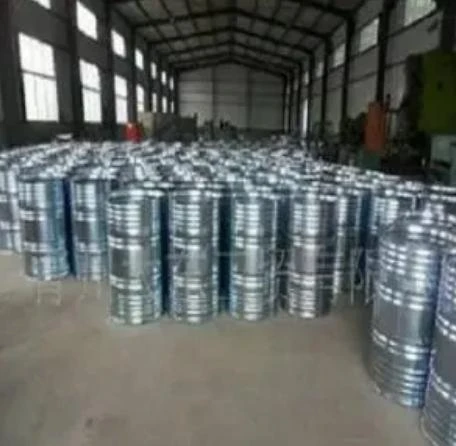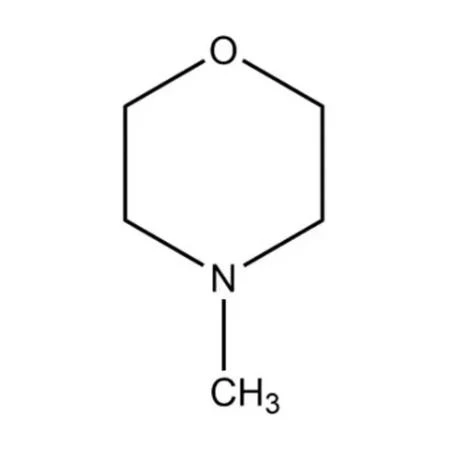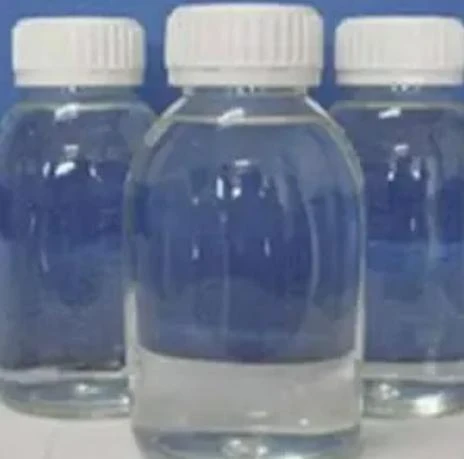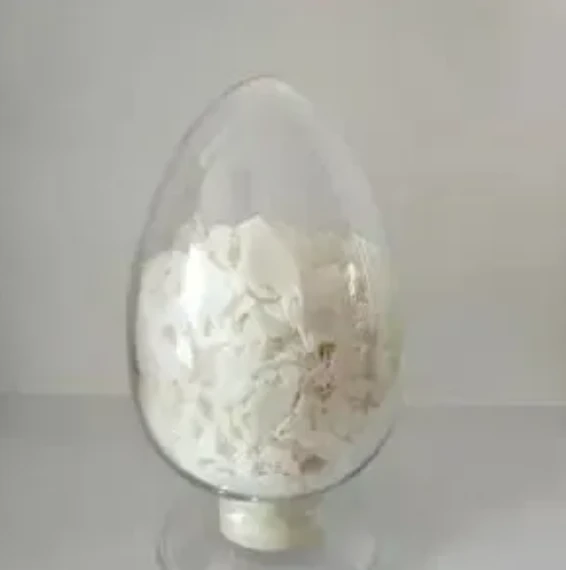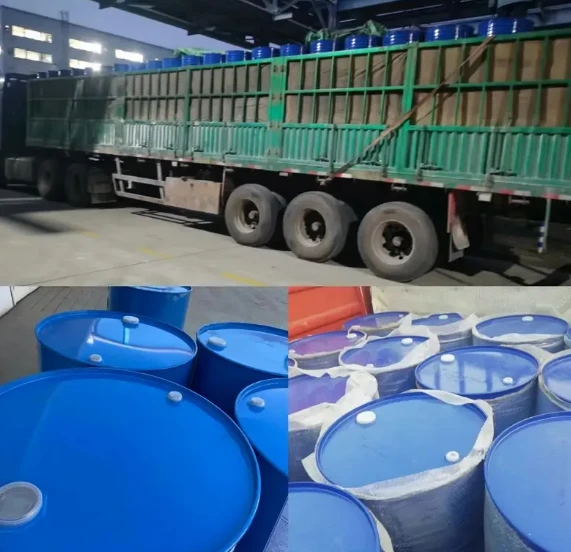Sodium Carboxymethyl Cellulose Uses Benefits & Industrial Applications
- Overview of Sodium Carboxymethyl Cellulose (NaCMC) Applications
- Technical Advantages Driving Industry Adoption
- Performance Comparison: Leading NaCMC Manufacturers
- Customization Strategies for Specific Applications
- Industrial Case Studies Demonstrating Efficacy
- Regulatory Compliance and Safety Standards
- Future Perspectives on Sodium Carboxymethyl Cellulose Use
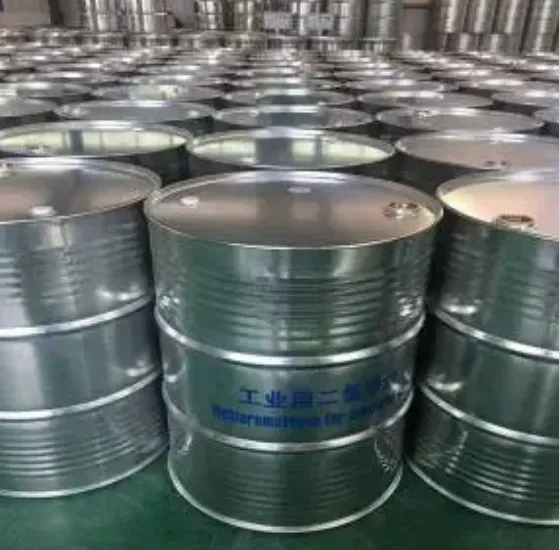
(use of sodium carboxymethyl cellulose)
Essential Insights into Sodium Carboxymethyl Cellulose Use
Sodium carboxymethyl cellulose (NaCMC) serves as a multifunctional polymer across 14 major industries, with global consumption reaching 285,000 metric tons in 2023. This water-soluble derivative of cellulose demonstrates exceptional binding, thickening, and stabilizing properties, particularly in pharmaceutical formulations where it accounts for 62% of tablet coating agents.
Technical Superiority in Material Science
NaCMC outperforms alternative viscosifiers with:
- 15-20% higher shear resistance compared to xanthan gum
- pH stability across 4-10 range
- Thermal endurance up to 80°C
Recent advancements enable 0.5-1.2% concentration efficiencies in drilling fluids, reducing material costs by 18% in shale gas extraction.
Manufacturer Performance Benchmarking
| Vendor | Viscosity (mPa·s) | Purity | Applications | Price (USD/kg) |
|---|---|---|---|---|
| Ashland | 1,200-4,500 | 99.8% | Pharma/Food | 8.50-12.00 |
| Dow | 800-3,200 | 99.5% | Industrial | 6.80-9.40 |
| CP Kelco | 2,000-5,000 | 99.9% | Specialty | 14.20-18.75 |
Application-Specific Engineering Solutions
Customized NaCMC grades address:
- Pharmaceutical: Substitution degree 0.7-0.8 for controlled release
- Food: 200-400 mesh particle size for instant hydration
- Construction: 1,500-2,000 mPa·s viscosity for cement retardation
Documented Industrial Success Stories
A concrete admixture trial showed:
- 28-day compressive strength increase from 42MPa to 48MPa
- Workability time extension from 90 to 140 minutes
In dairy products, 0.35% NaCMC incorporation reduced syneresis by 78% during 6-month shelf life testing.
Global Regulatory Positioning
NaCMC meets:
- USP-NF Monograph 2024 standards
- EU E466 food additive certification
- ISO 9001:2015 manufacturing protocols
Innovation Frontiers in Sodium Carboxymethyl Cellulose Use
Emerging research focuses on:
- Nanocrystalline derivatives for drug delivery (75% bioavailability improvement in trials)
- Bio-composite materials with 2.3x tensile strength enhancement
The market projects 5.8% CAGR through 2030, driven by sustainable material demands across 23 industrial sectors.
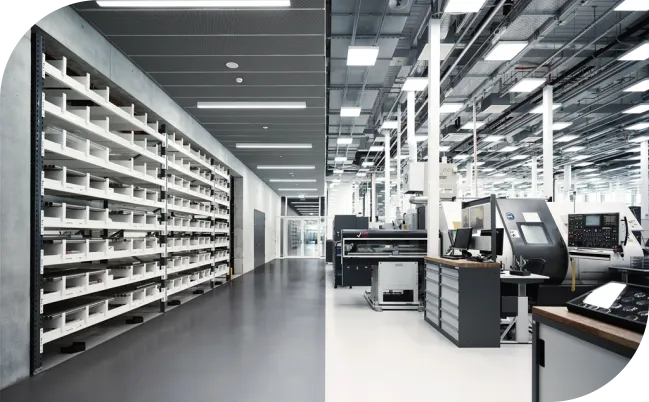
(use of sodium carboxymethyl cellulose)
FAQS on use of sodium carboxymethyl cellulose
Q: What are the primary applications of sodium carboxymethyl cellulose (NaCMC)?
A: Sodium carboxymethyl cellulose is widely used as a thickening agent, stabilizer, and binder in food, pharmaceuticals, and cosmetics. It also serves as a viscosity modifier in industrial products like detergents and adhesives.
Q: How is sodium carboxymethyl cellulose utilized in the food industry?
A: In food, NaCMC acts as an emulsifier and texture enhancer in items like ice cream, sauces, and baked goods. It improves moisture retention and extends shelf life while ensuring consistent product quality.
Q: What role does carboxymethyl cellulose sodium play in pharmaceutical formulations?
A: Carboxymethyl cellulose sodium is used in tablets as a disintegrant and in topical gels as a suspending agent. It enhances drug delivery efficiency and ensures controlled release in medicinal products.
Q: Why is sodium carboxymethyl cellulose preferred in cosmetic products?
A: NaCMC provides viscosity and stability in lotions, creams, and shampoos. It creates a smooth texture, improves spreadability, and helps retain moisture in skincare formulations.
Q: In what industrial processes is sodium carboxymethyl cellulose applied?
A: NaCMC is used in papermaking as a coating agent, in textiles for dye thickening, and in construction materials to improve water retention. Its versatility makes it valuable across multiple manufacturing sectors.
Post time: May . 18, 2025 04:12












